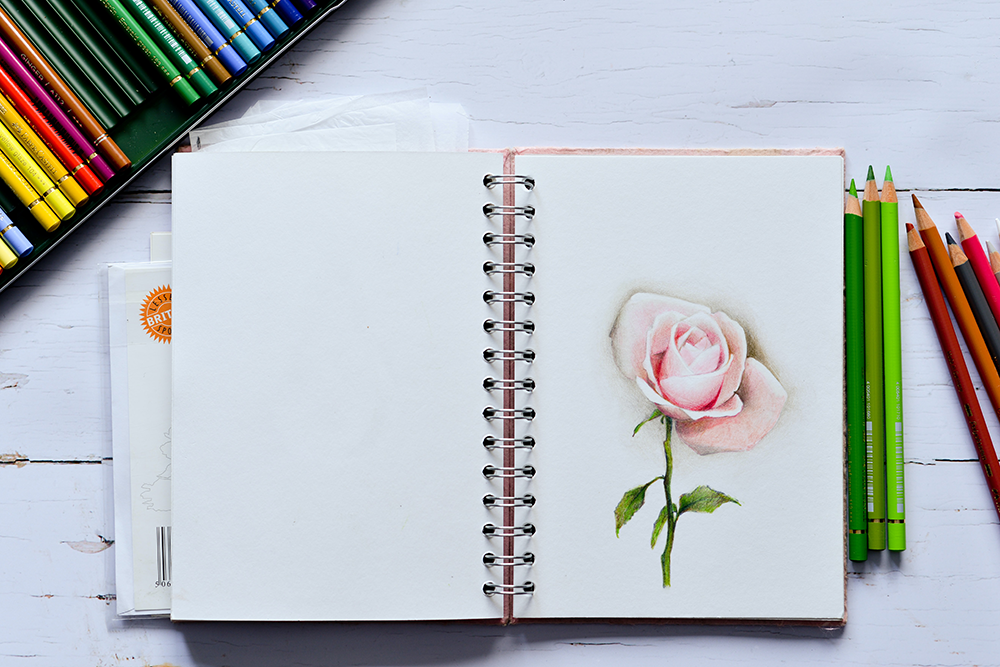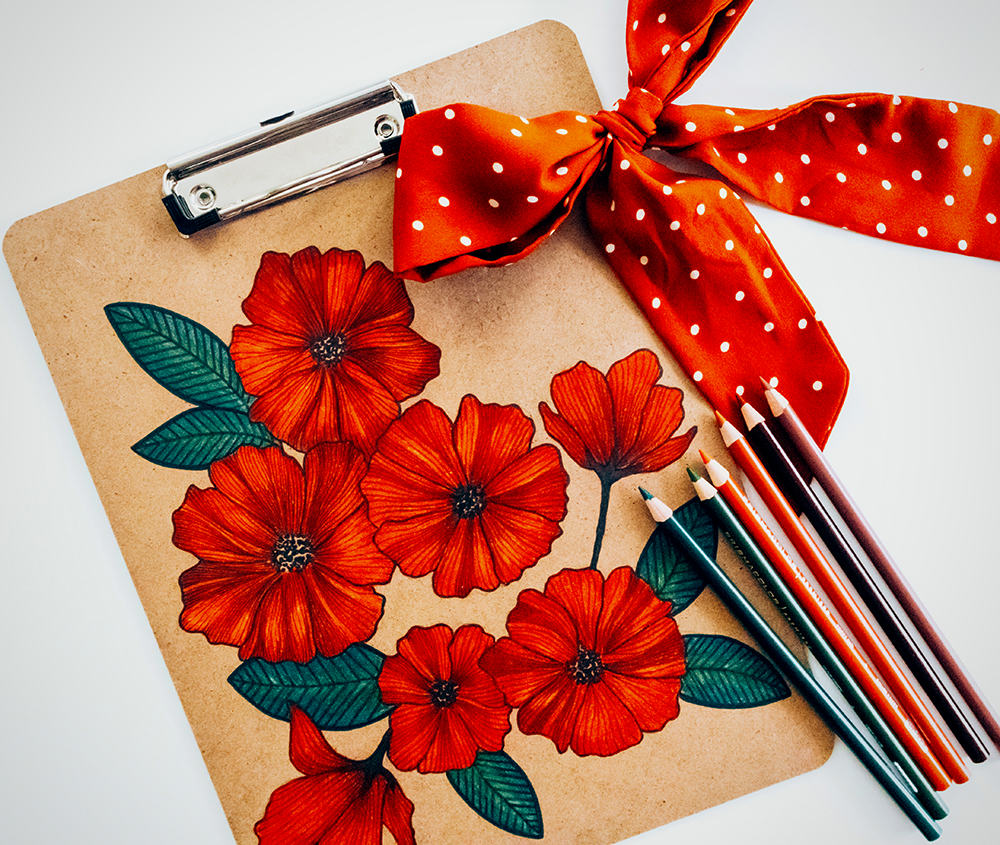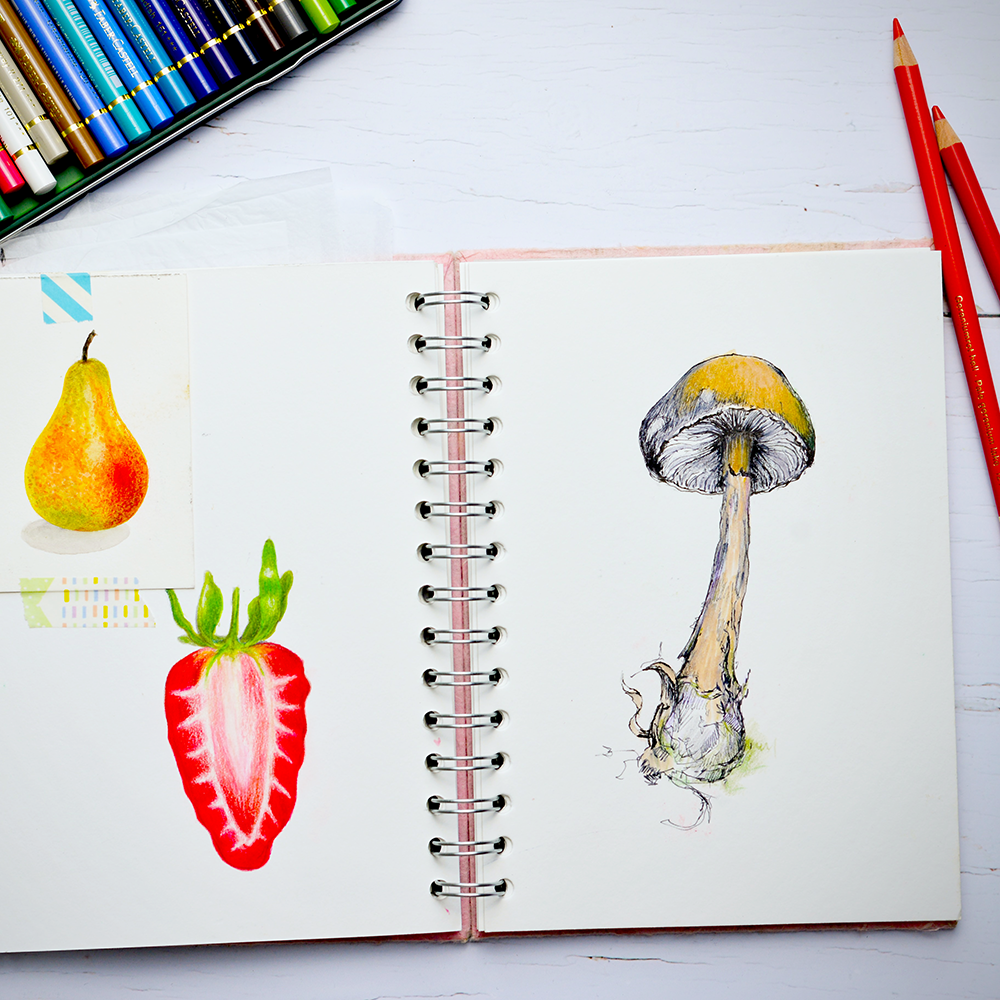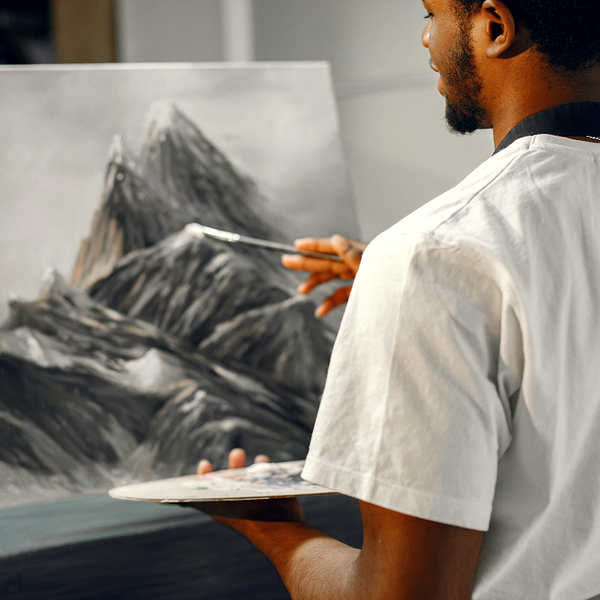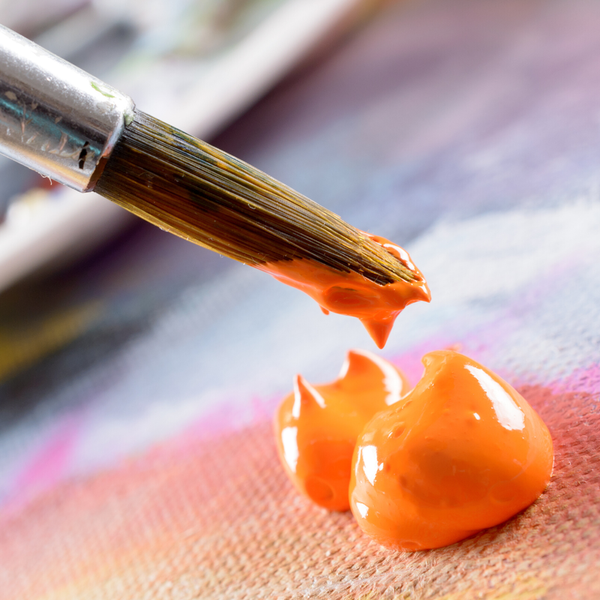Colored pencils are a versatile and easy-to-use medium that can be used by artists of all skill levels.
Whether you're a beginner or a seasoned pro, colored pencils can help you create stunning artwork.
In this blog post, we'll give you a basic overview of colored pencils so that you can get started on your next masterpiece!
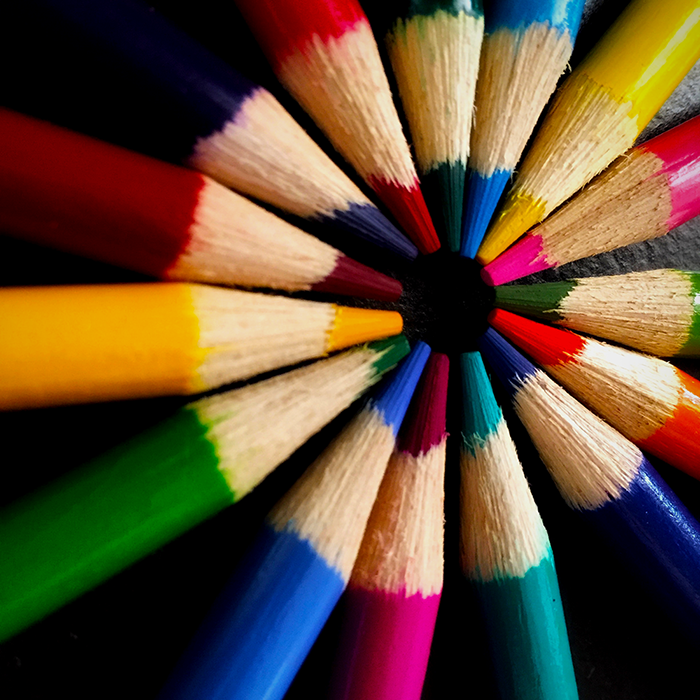


What are Colored Pencils?
Colored pencils are made of pigment held together by a binder.
The binder is usually wax or oil.
The type of binder used will affect the way the pencil feels when used and the final results of your drawing.
There are many brands of colored pencils you can choose from, but no matter which type of colored pencil you choose, be sure to get one that is of high quality.
Cheap pencils will break more easily, and the pigments will not be as vibrant.
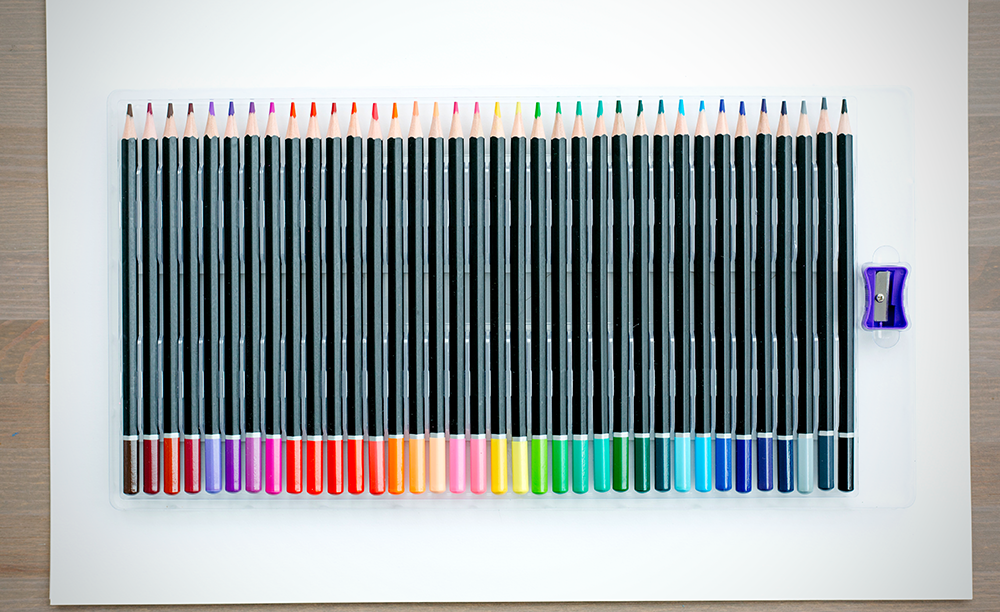

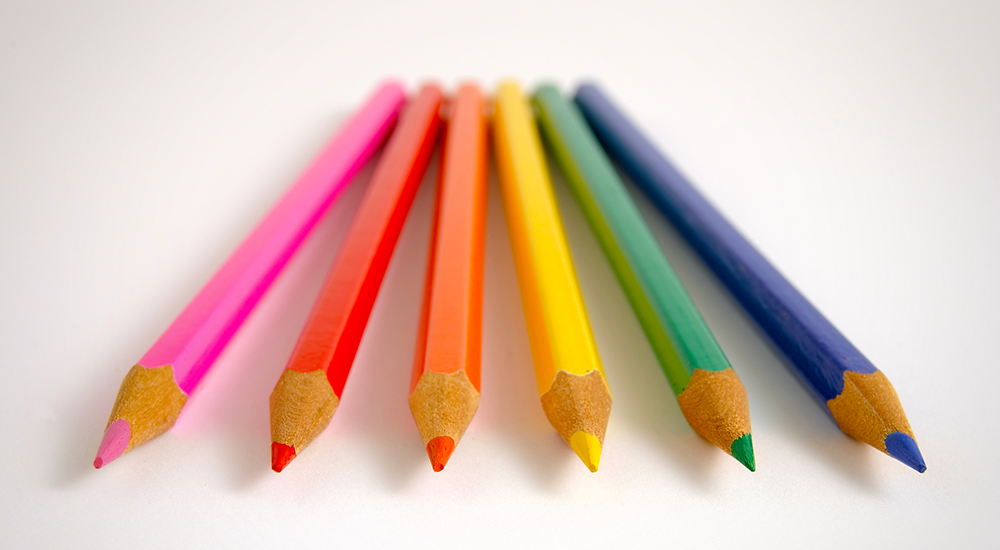
Wax Colored Pencils
Most regular colored pencils are wax-based colored pencils.
This type is the most popular because they're affordable and easy to find, and they offer good color coverage.
Wax-based colored pencils are generally less expensive and are a good option for beginners.
However, wax-based pencils can be more difficult to blend and layer than other types of colored pencils.

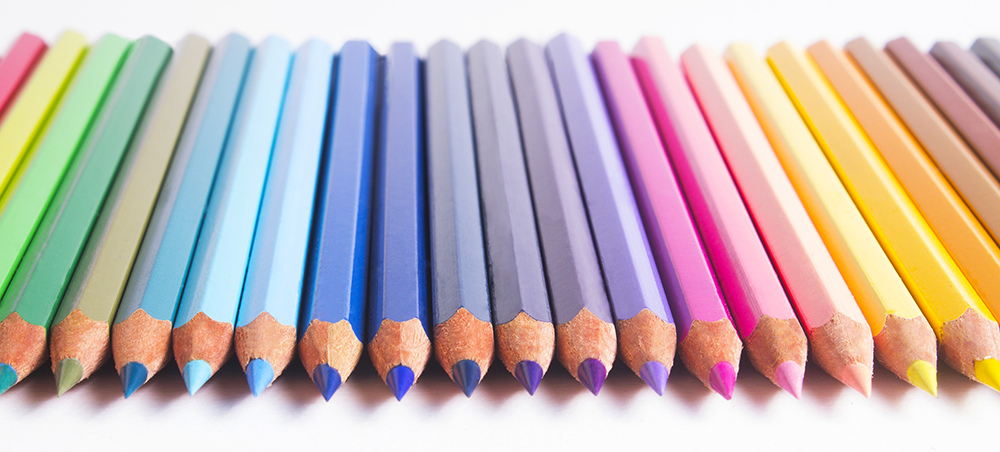
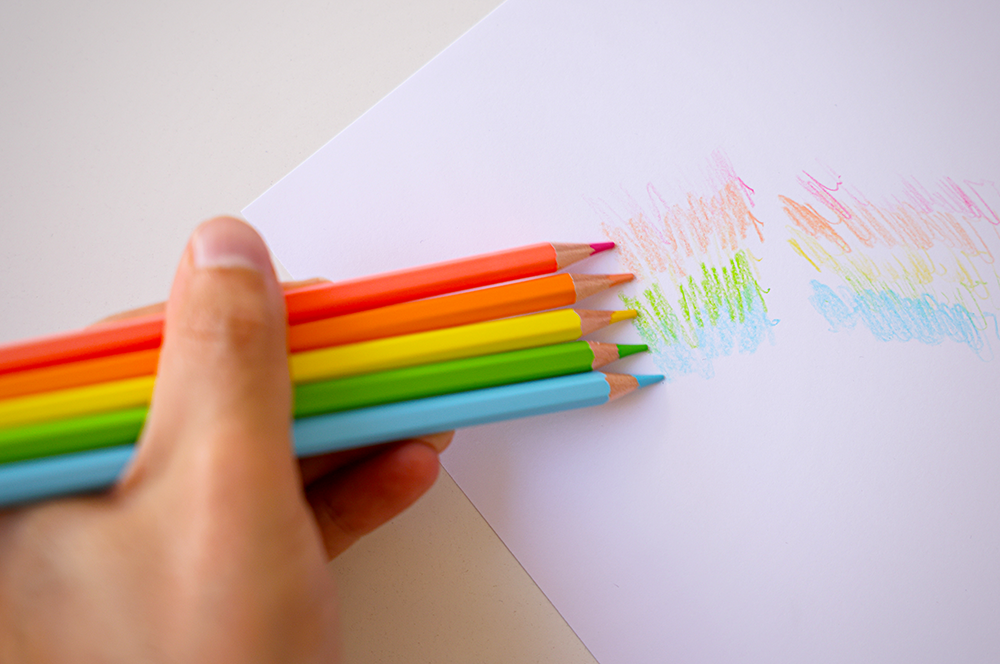
Oil Colored Pencils
Oil-based colored pencils have a higher pigment concentration than wax-based pencils, which means they offer better color coverage.
They're also smoother and creamier than wax-based pencils.
These colored pencils produce richer colors, too.
However, oil-based colored pencils can be more expensive than their wax-based counterparts.
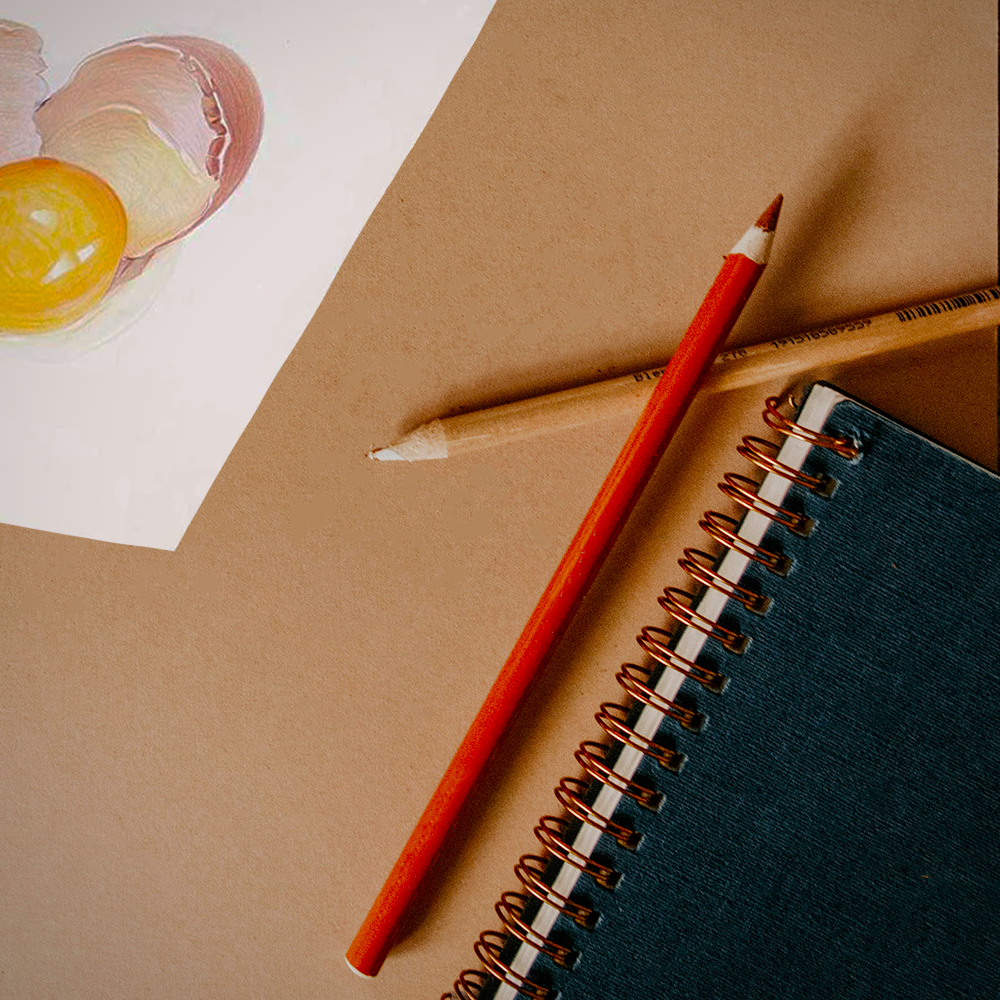
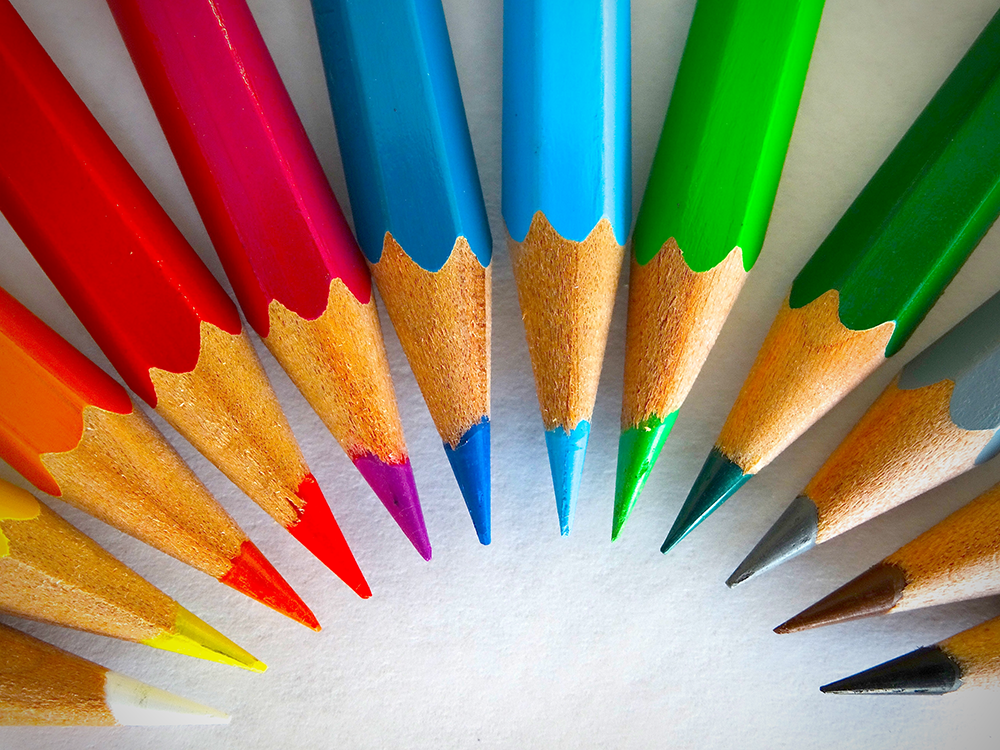
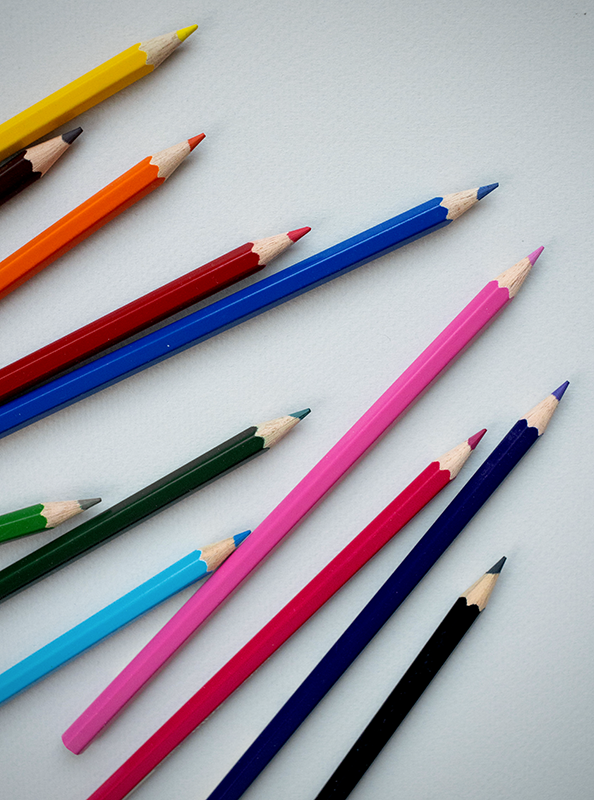
Watercolor Pencils
Watercolor pencils are a type of colored pencil that can be used to create both dry and wet drawings.
They contain a binder that allows the pigments to be dissolved in water.
This makes them ideal for creating paintings with a watercolor effect.
Watercolor pencils can be used dry, like regular colored pencils.
However, when used with water, they produce beautiful and vibrant colors.

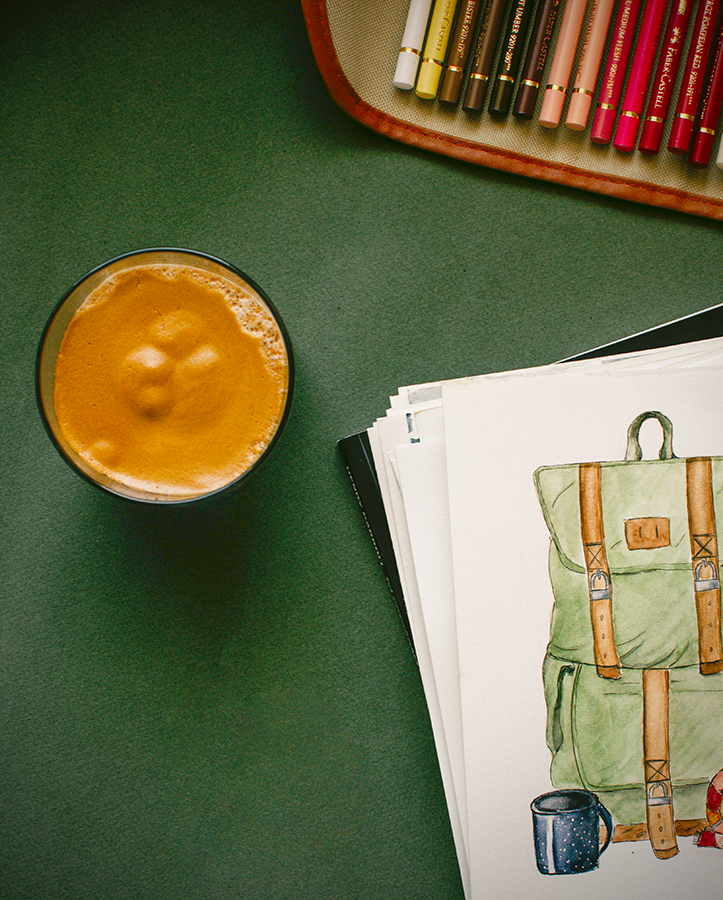

How to Draw with Colored Pencils
Now that you know what colored pencils are made of, it's time to learn how to use them!
Here are some tips to help you get started!
Choose the Right Paper
Colored pencils work best on smooth, heavyweight paper.
Avoid using thin sketchbook paper, as it will buckle under the pressure of repeated layers of color.
Using Bristol board, specialty colored pencil paper, watercolor paper, or cardstock will give you the best results.
Prepare Your Pencils
Before you start drawing, make sure your pencils are properly sharpened.
You'll want to use a good quality pencil sharpener, as dull pencils will make it more difficult to get a fine point.
Once your pencils are sharpened, lay them out in the order you plan to use them.
This will help you stay organized as you're drawing.
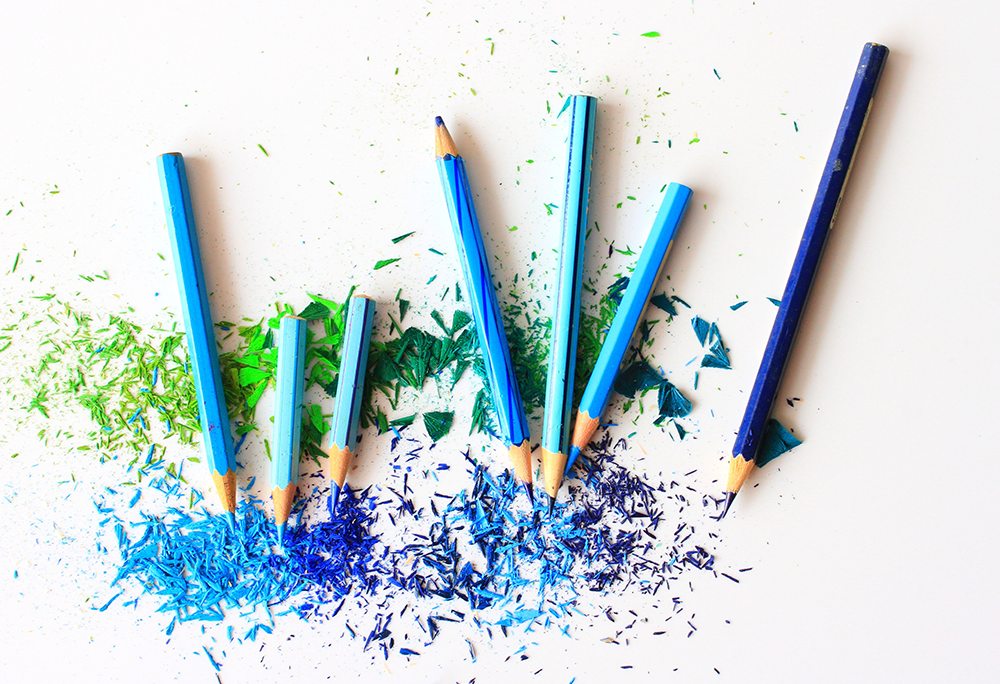
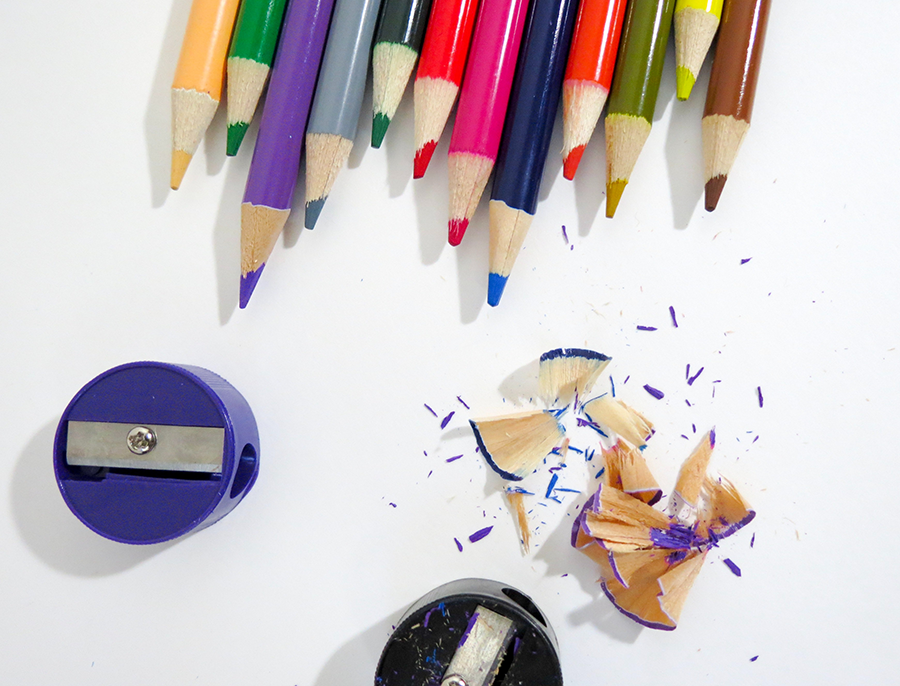

Start with a Sketch
As with any type of drawing, it's always a good idea to start with a sketch.
This will help you map out the composition of your drawing and decide on the placement of each element.
Once you have a sketch, you can start adding color.
Layer Your Colors
One of the best things about colored pencils is that you can layer colors to create new shades.
To do this, start with the lightest color and then add progressively darker colors on top.
It's easier to add more color than it is to remove it, so use light pressure to start.
So, start with light layers and build up the color gradually.
You can always add more layers and pressure if you need to darken your colors.
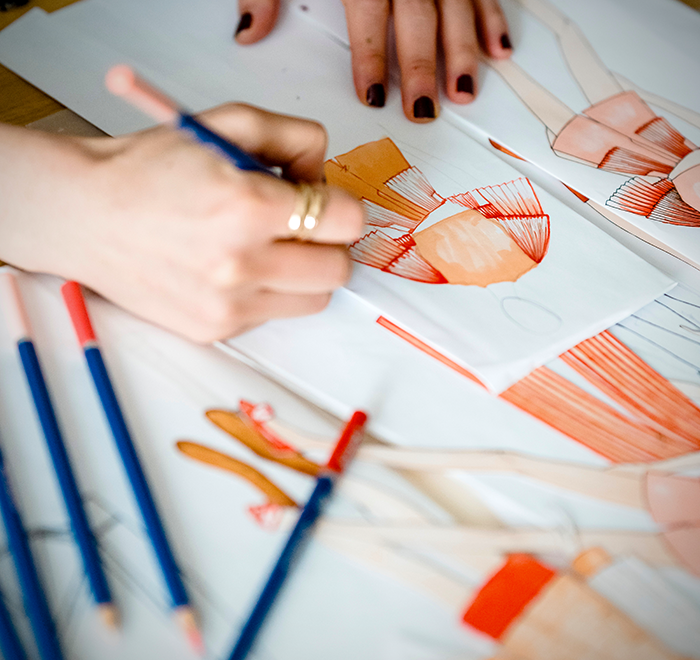
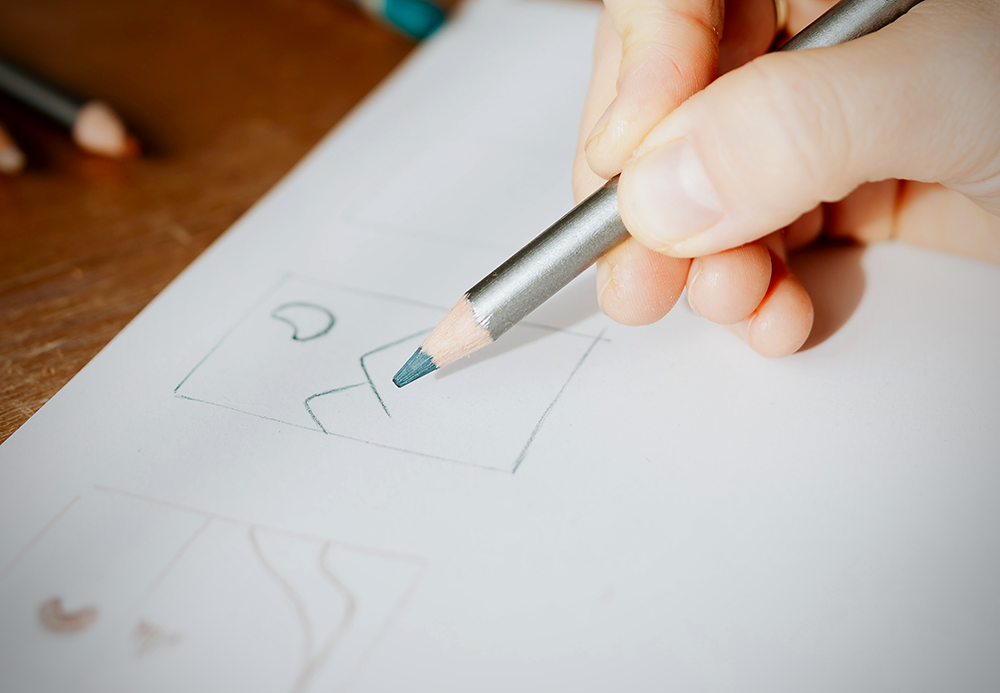
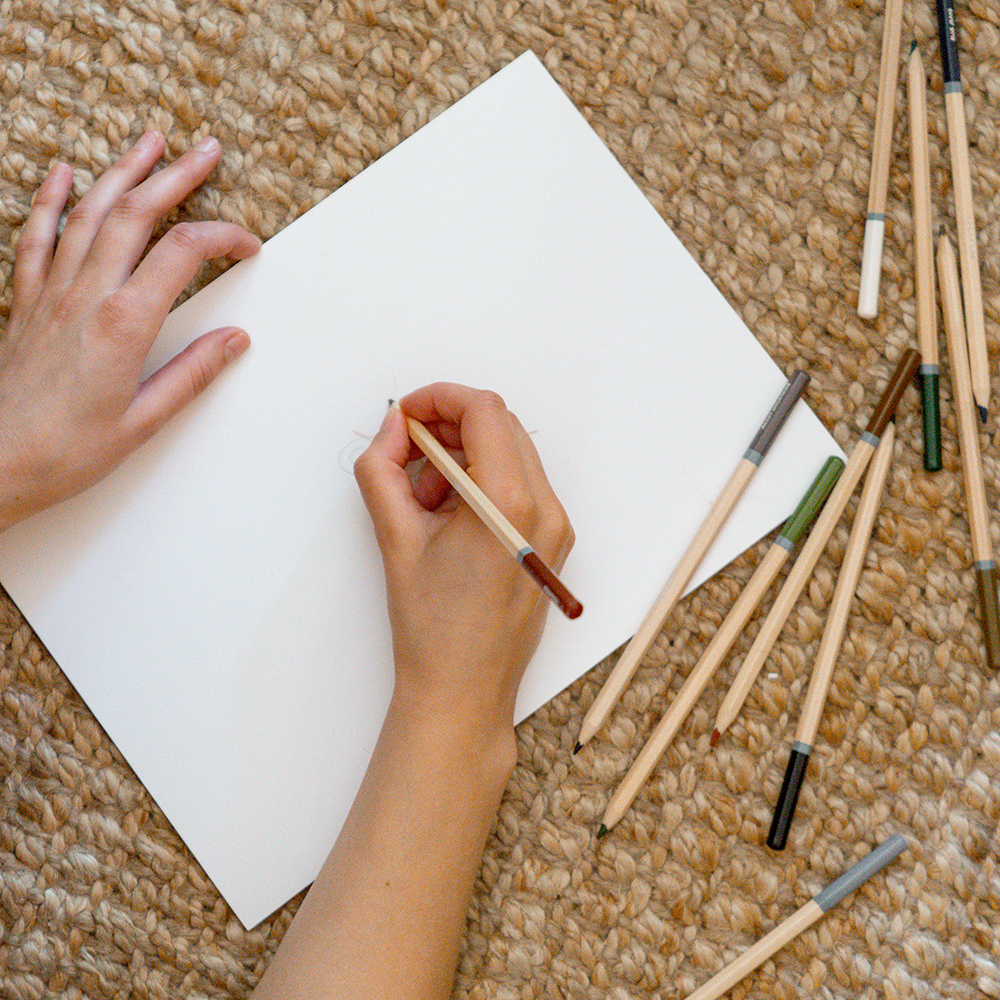
Colored Pencil Techniques
There are many different ways you can use colored pencils to create unique effects for colored pencil art.
Using these different techniques will allow you to create interesting textures and detailed drawings.
Here are a few of our favorite techniques:
- Crosshatching
Crosshatching is a technique that involves using two sets of parallel lines to create shading.
To crosshatch, start by drawing a set of parallel lines.
Then, draw another set of parallel lines in the opposite direction.
You can vary the width of your lines and the amount of space between them to create different effects.
- Stippling
Stippling is a technique that uses dots to create shading with fine details.
To stipple, start by drawing a series of small dots.
Then, connect the dots with lines.
You can also vary the size of your dots to create different effects.
- Hatching
Hatching is a technique that uses tightly packed parallel lines to create shading.
To hatch, start by drawing a set of parallel lines.
Then, draw another set of parallel lines in the same direction.
You can vary the width of your lines and the amount of space between them to create different effects.
These are just a few of the many techniques you can use with coloured pencils to create beautiful drawings!
Experiment and see what works best for you!
Experiment with Blending
Blending is a great way to add dimension to your drawing.
One of the great things about colored pencils is that they can be blended to create new colors and shades.
There are several ways to blend colors, but the easiest way is to use a colored pencil blender, like a blending stump.
A blending stump is a small piece of paper rolled into a cone shape.
To use a blending stump, simply color over the area you want to blend.
Then, use the blending stump to smooth out the color.
You can also use a colorless colored pencil blender.
These pencils are clear, so they won't add any color to your drawing.
They're great for lightening colors or for blending large areas.
Experiment with different techniques until you find a blending method that works for you.
Remember—there's no wrong way to do it!
Have Fun!
The most important thing is to enjoy yourself!
Colored pencils are a great way to relax and tap into your creative side.
So, go ahead and let loose—you might be surprised at what you come up with!
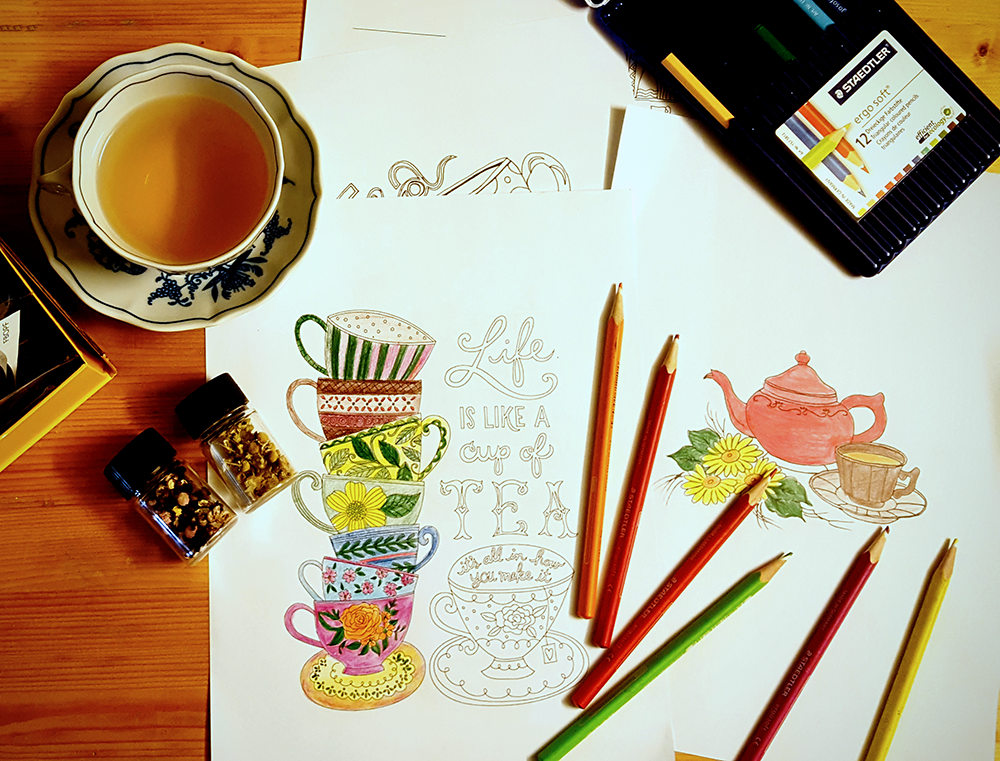

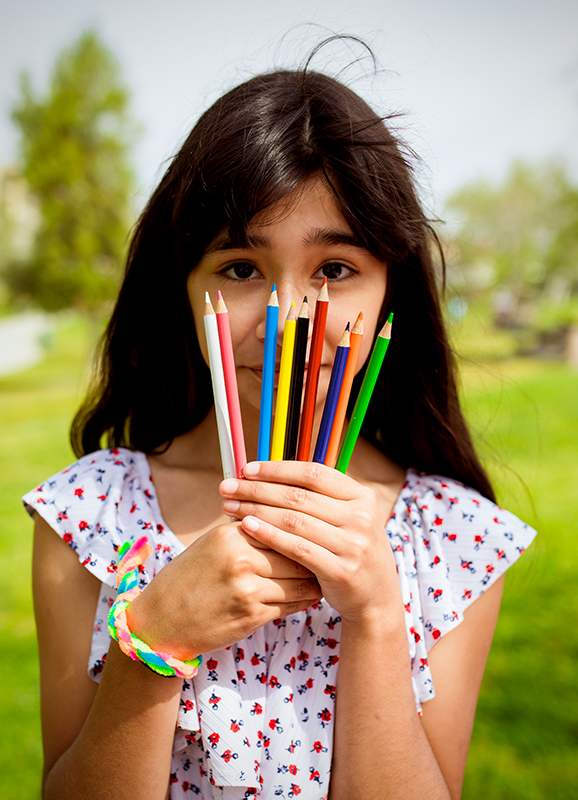
Drawing with Colored Pencils
With these tips, you'll be well on your way to creating beautiful colored pencil drawings!
We hope this beginner's guide has inspired you to pick up some colored pencils for your art supplies and give them a try, no matter your art style!
Remember—there's no right or wrong way to use them, so don't be afraid to experiment until you find a technique that works for you.
And most importantly—enjoy the creative process!
So, go ahead and unleash your creativity!
We can't wait to see what you come up with!

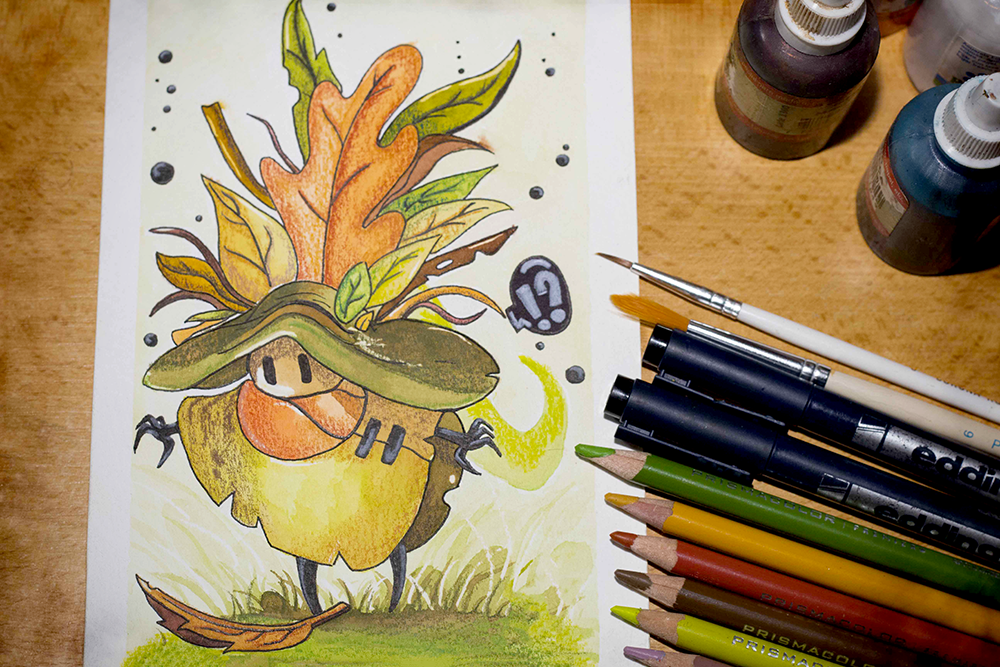

Want to learn more about colored pencils? Check out Gemma Chambers Art's video!
Looking for the perfect colored pencil supplies?
Check out some of our other articles:
